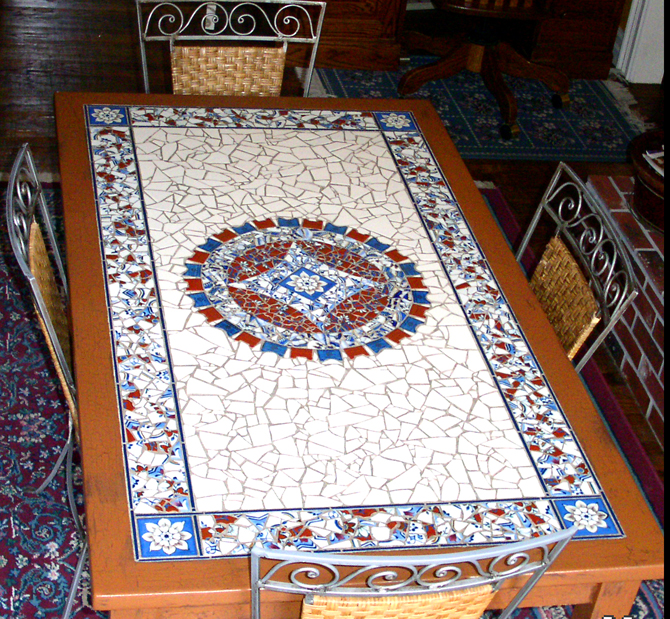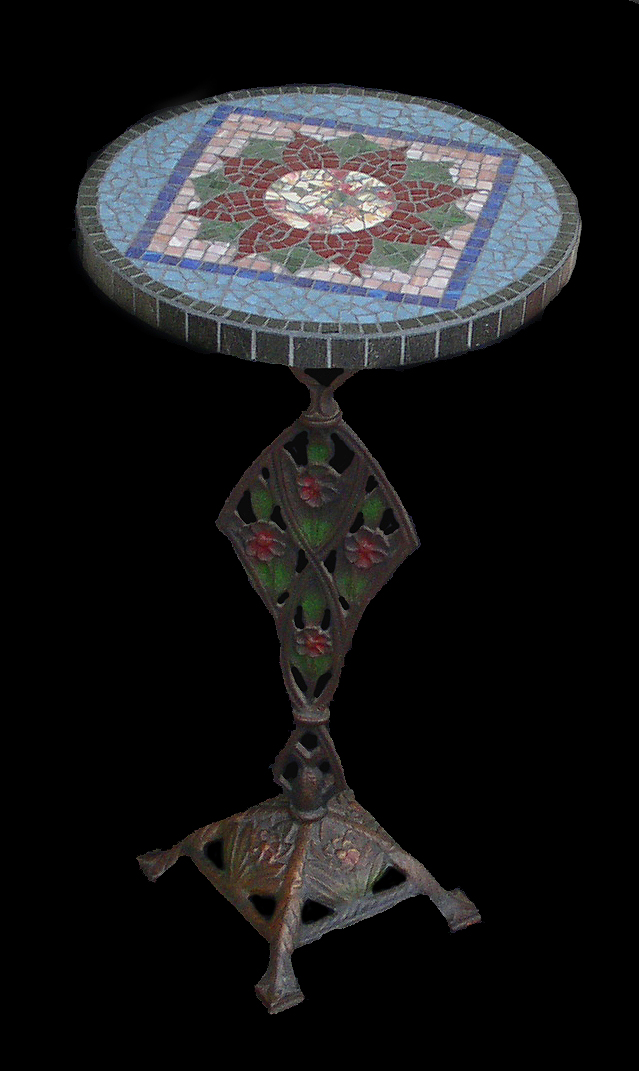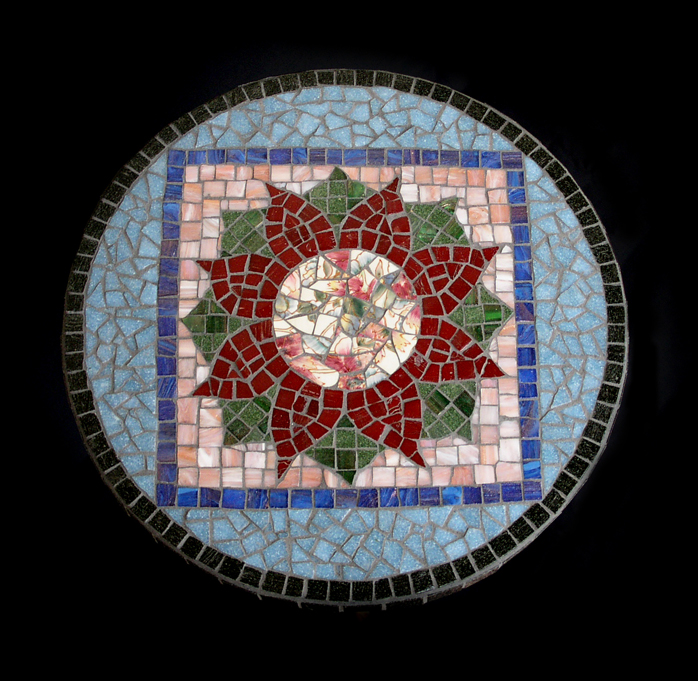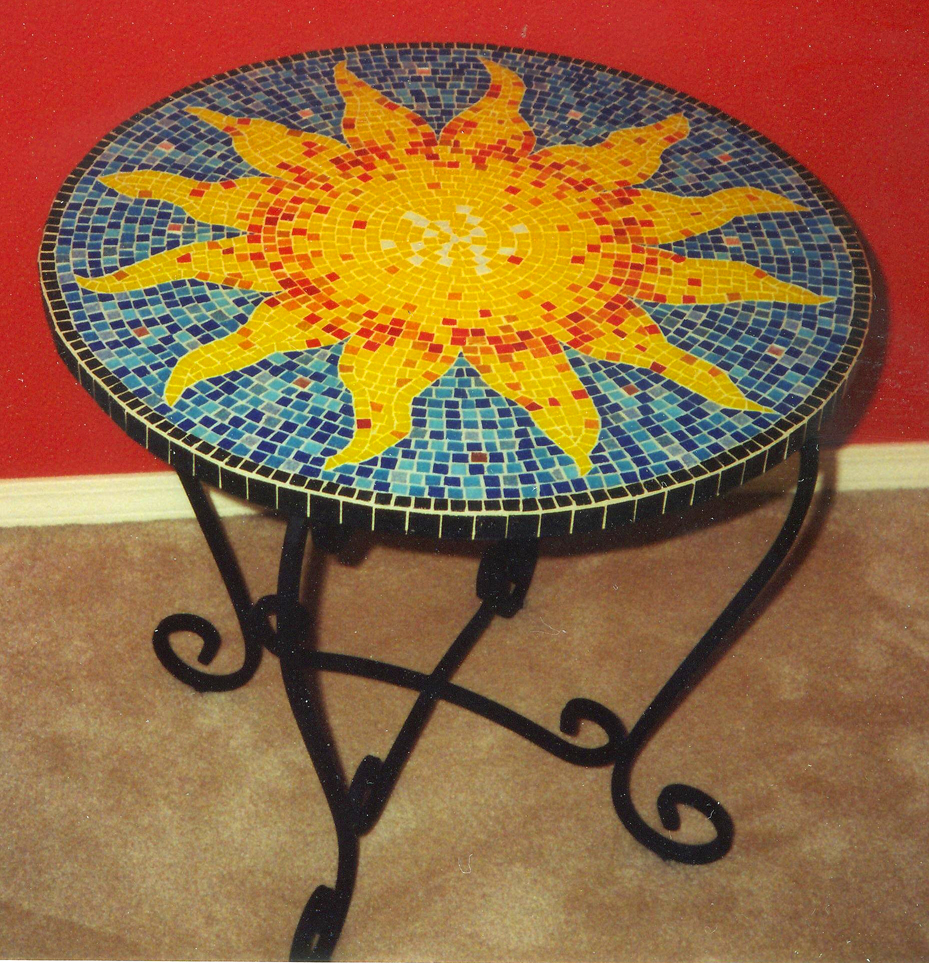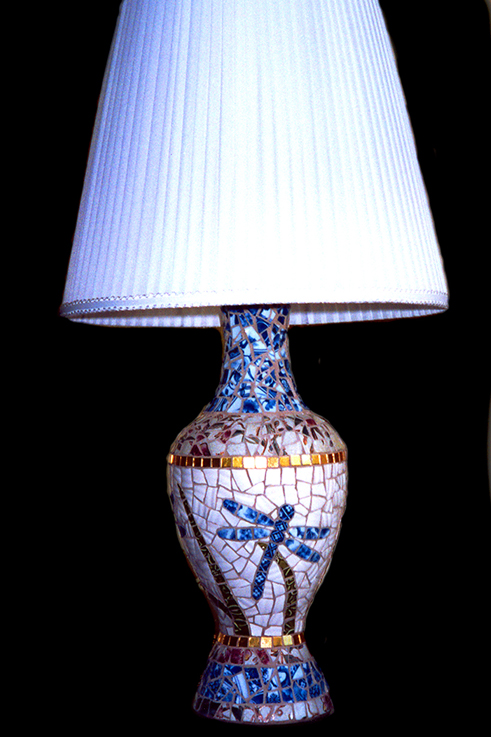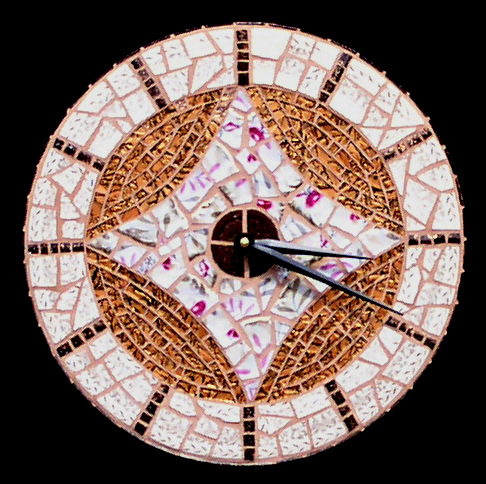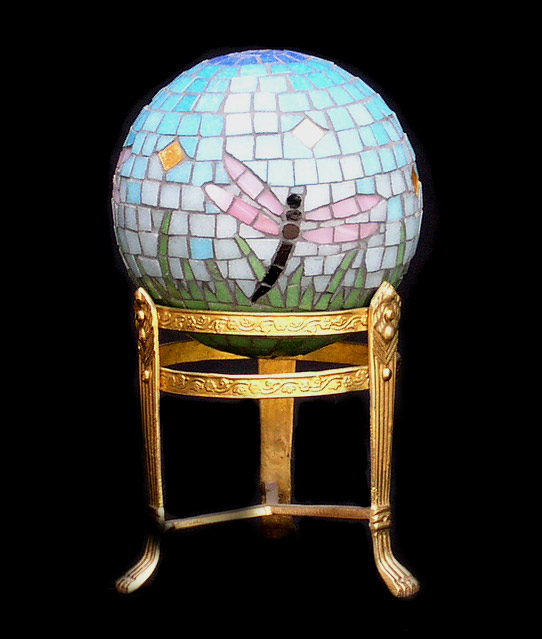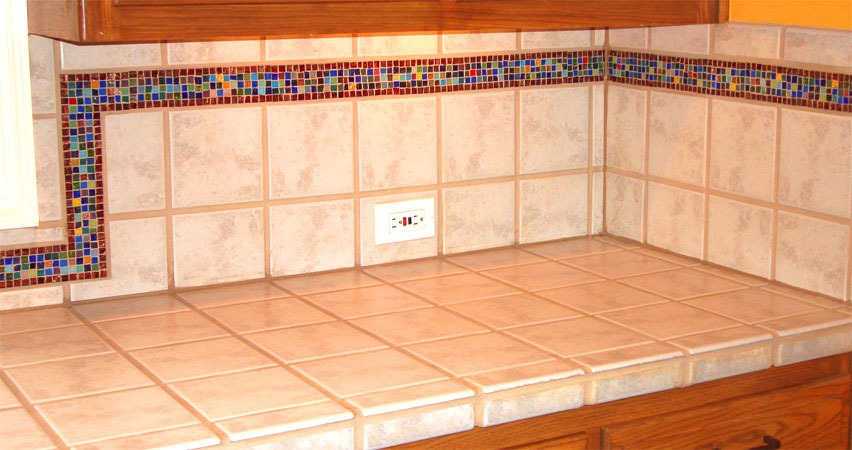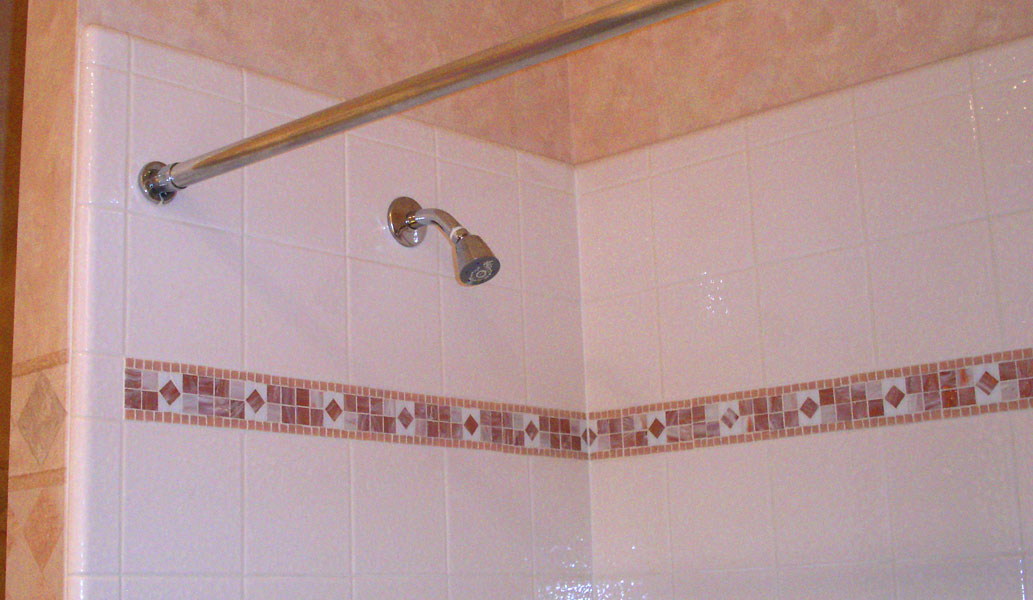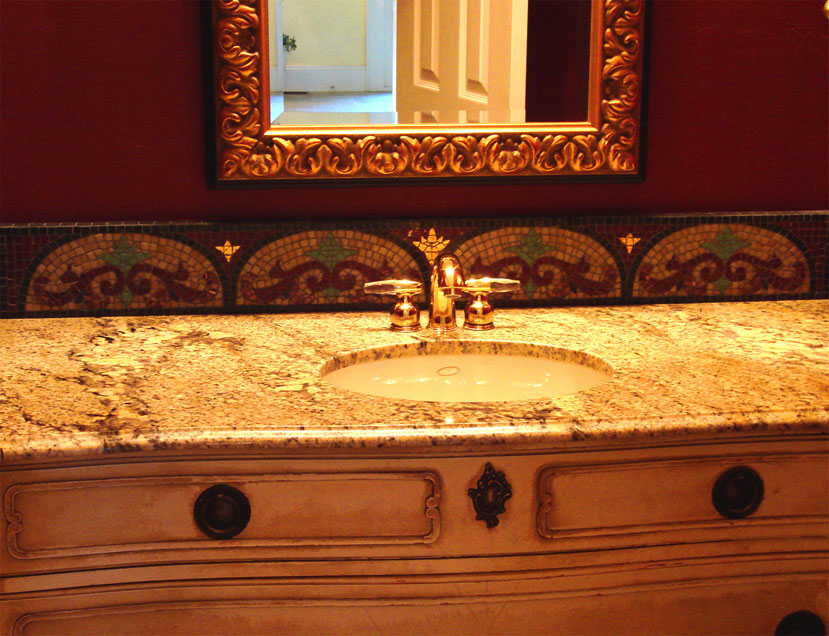With summer travels and home renovation, things have been incredibly busy the past few months. But the renovation is mostly finished and my new studio is operational. If you would like to see my new space, check out this blog post.
After a few very small mosaic tasks, I'm almost ready to rejoin the mosaic world and focus on finishing a couple of works. My sabbatical turned quasi-sabbatical and then back to full sabbatical during the renovation has been very good for me. This blog series, as well, has been helpful, and I feel it will be even more helpful if I continue it.
So, we left off in about 2006 with the idea of essential mosaic, or work that is uniquely mosaic. My first introduction to the concept was by Gary Drostle, who described it as work that would not be as successful in any other medium. I'm pondering a tighter qualification, that being work that can only be successful in mosaic. What do you think?
As the riddle of essential mosaic nagged at me, I attempted to chase it and began creating abstract mosaics and working with a variety of materials. I came to realize that I love line. And simplicity of design. And minimal color palette. And precision.
Simplicity of design and minimal color palette gave me a sense of space. Precision gave me a sense of ease, which actually sounds nonsensical as precision is not at all easy. But precision made things make sense, made the pieces make sense to each other—to meet on equal terms, made silence instead of noise. I still feel the same way today, although I now understand how precision is vulnerable to perfectionism.
In this time period, I was paying more attention to texture and was experimenting with dimension. I also began thinking in terms of works in series. Music To My Eyes was the first series, based on classical music forms and particular compositions in the form, as well as the use of mosaic gold to express movement.
Below are the first two in the series, Etude and Nocturne, 2007 and 2009, respectively
Mosaic gold is quite unique and extremely responsive to light. The texture and shadow inherent in hand-cut glass and stone are also unique to mosaic. But, are these essentially mosaic? Would they be as successful in any other medium?
Another series was called Vertical, but it is now called Lines. I was inspired by Brit Hammer's textural mosaics which were worked in lines, or as she referred to them, stripes. She worked mostly in glass and with a lot of color, and in a more relaxed style. Of course, I loved the idea of working linearly, but I did not want to copy her; I had to make it my own.
Below are two early pieces from the Lines series:
At left is the first piece in the series, Pulse, 2008. I was experimenting with a much wider range of materials and also with beads.
It was mostly easy to work monochromatically, in black, gray, and white, but combining the matte marble/stone vs the more highly saturated glass was a challenge that I would increasingly face as I tried to work with more color later on.
Also, I did not want it to look like stripes, which presented the biggest challenge, both technically and compositionally, in changing materials—going from smalti-sized tess to very small beads.
In retrospect, I think that the best thing about this series was that I worked with so many different materials and learned a lot about how they work together, and sometimes how they didn't.
At right is another in the Lines series from 2008, Rhythms: September. For this Rhythms sub-series, I made an 8" x 8" mosaic for each month of 2008 in this Lines style
What do you think? Did I make my own lines, distinctive from Brit Hammer's? And is this essentially mosaic? Would these pieces work in anything but mosaic?
During this time period of 2007 - 2009, I was working a lot and consciously trying to make art. I guess you could say that I was being an artist.
Over time, as I was being an artist, I was increasingly taking myself more seriously, which just might be at the heart of my struggle with being an artist. Part of the reason for this, I have come to realize, had to do with my increased awareness of and interaction with the—thanks to the internet— quickly expanding mosaic world.
That's enough for this post. I'll continue with around 2010 in the next post. Thank you for following!





